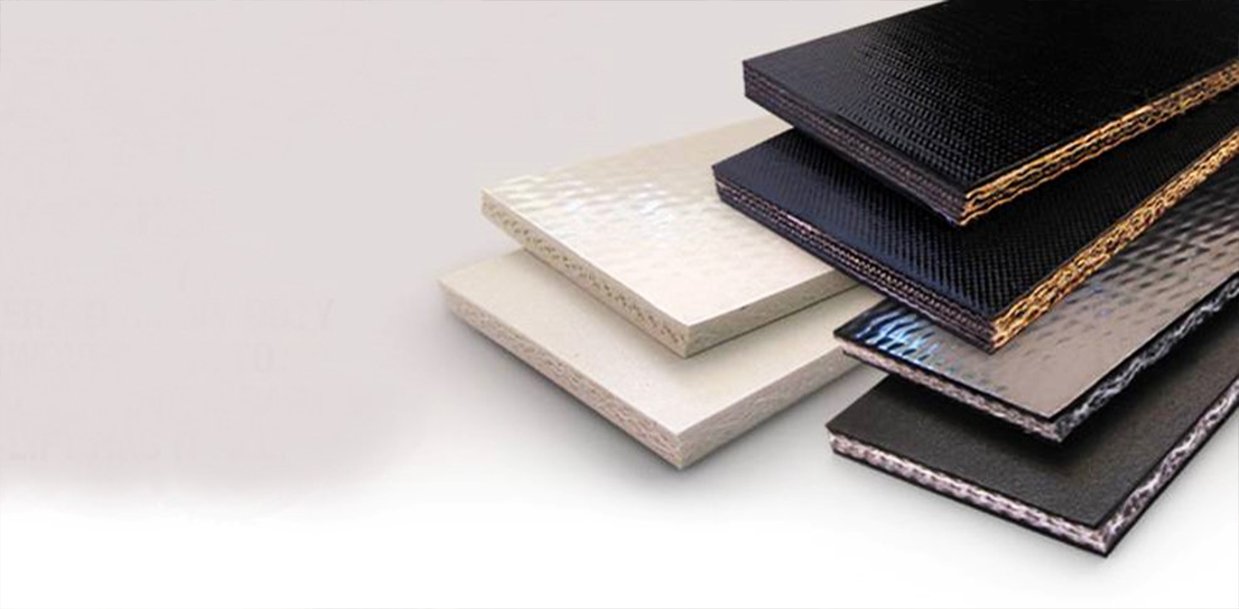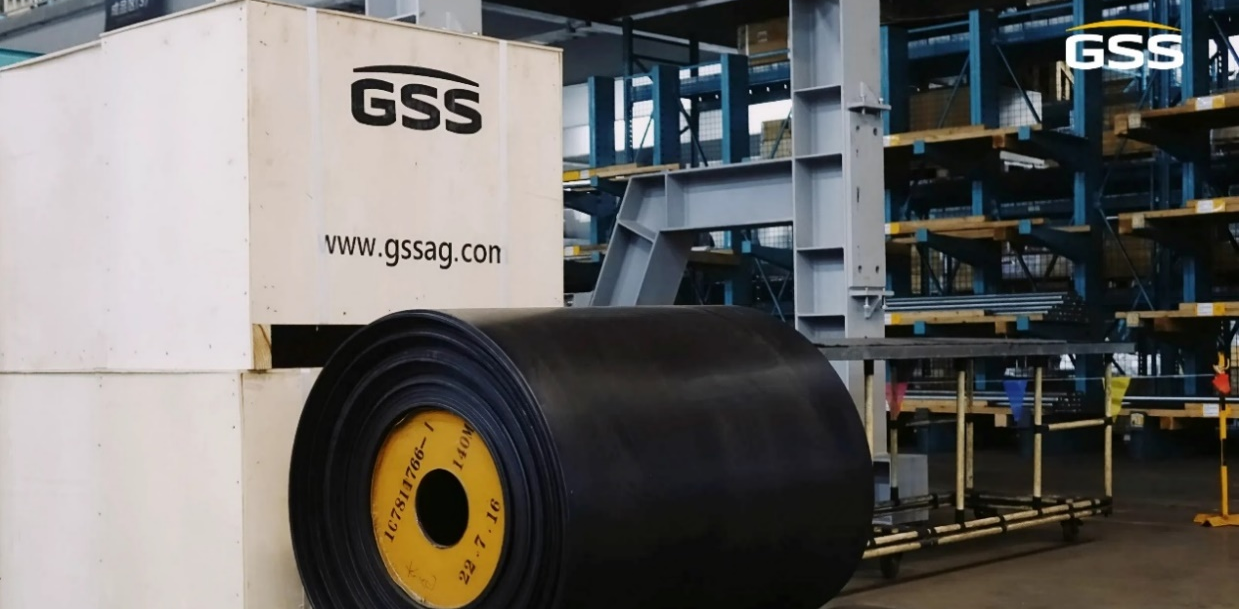I.Basic knowledge of Rubber Conveying Belts

1.1 Structure of Rubber Conveying Belts
Coats
They protect the conveying belt from wear and chemical corrosion, with certain resistance to impact and tear.
Load bearing layer
It provides necessary load bearing capability for material weight and friction.
Core layer
It provides the elasticity and elongation of the conveying belt, and absorb the tensile force during the operation of the conveying belt.
1.2 Working Principle of Rubber Conveying Belts
The materials are allowed to move on the conveying belt by driving the conveying belt to rotate through the driving device (motor, reducer, etc.).
The conveying belt is supported by the carrier rollers or air cushions and relies on friction to make the materials slide or roll on the conveying belt.
The materials are lifted vertically or moved horizontally by adjusting the angle of the conveying belt and the speed of the driving device.
1.3 Classification of Rubber Conveying Belts
1.3.1 Classification by purpose
- Anti-static
- Oil resistant
- Acid and alkali resistant
- Cold resistant
- High temperature resistant
- General
- Flame retardant
1.3.2 Classification by core layer material
- Braide belts : Nylon / Canvas / Polyester
- Steel wire rope belts
————————————————————————————————————————————————————————————————————————–

If you have any questions, you are welcome to contact us at any time.
Address: No.168 Shengjing Road, Taicang City, Jiangsu Province, China
Tel: +86 512 5383 0666
24 Hours Service Hotline:400 8799 508
Email: sales@gssag.com
Website: en.gssag.com
Post Time: 2024-08-07


